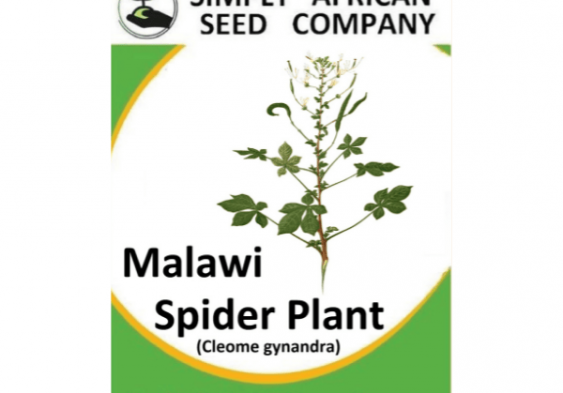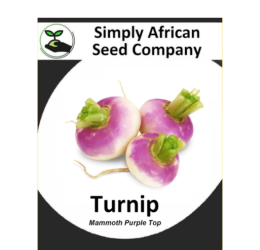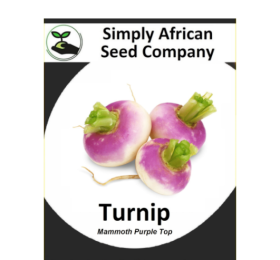HomeSpider Plant – Malawi (C...


Only 8 left in stock
R26.00
Description: In Central Africa, this plant is known as a bitter-tasting vegetable and is also used for various medicinal purposes. In Congo, the leaf is eaten against diabetes, prepared by frying it without oil and salt. In many African countries, the leaf is also boiled or added to stews. Many components of the leaf have […]
In Central Africa, this plant is known as a bitter-tasting vegetable and is also used for various medicinal purposes. In Congo, the leaf is eaten against diabetes, prepared by frying it without oil and salt. In many African countries, the leaf is also boiled or added to stews. Many components of the leaf have disinfecting properties and are said to stimulate the immune system. Furthermore, it is used to cure diarrhea, rheumatism, and snake bites. Overall, this is a plant with many uses that grows well as an annual. It is a fast grower so that the maximum height of 60 centimeters is quickly reached. At this height, the plant flowers with edible white flowers with extraordinary purple stamens. This can become an invasive species in tropical areas, so this plant can only be grown in temperate climates with a cold period to prevent invasive spreading.
February – June
Sprinkle the seeds over growing soil and cover very lightly with more soil. Keep the soil continuously moistened and place the container in a light place to germinate at a temperature of ± 25 degrees Celsius during daytime and 15-20 degrees at night. The plants can go outside in May/June. (onszaden)
Minimum of 50 seeds per pack


-23% off

Every seed variety undergoes organic cultivation and self-testing on our South African, Botswanan, Zambian, and Tanzanian farms. Our commitment lies in offering a diverse selection of organically grown, open-pollinated, Non-GMO seeds, proudly produced and acclimated locally. Before planting, please verify the conditions in your area suitable for the specific seed type. Growth rates and germination times hinge on various factors like soil conditions, rainfall/watering patterns, climate, and more. The outcome of growth and harvest may be influenced by these conditions.